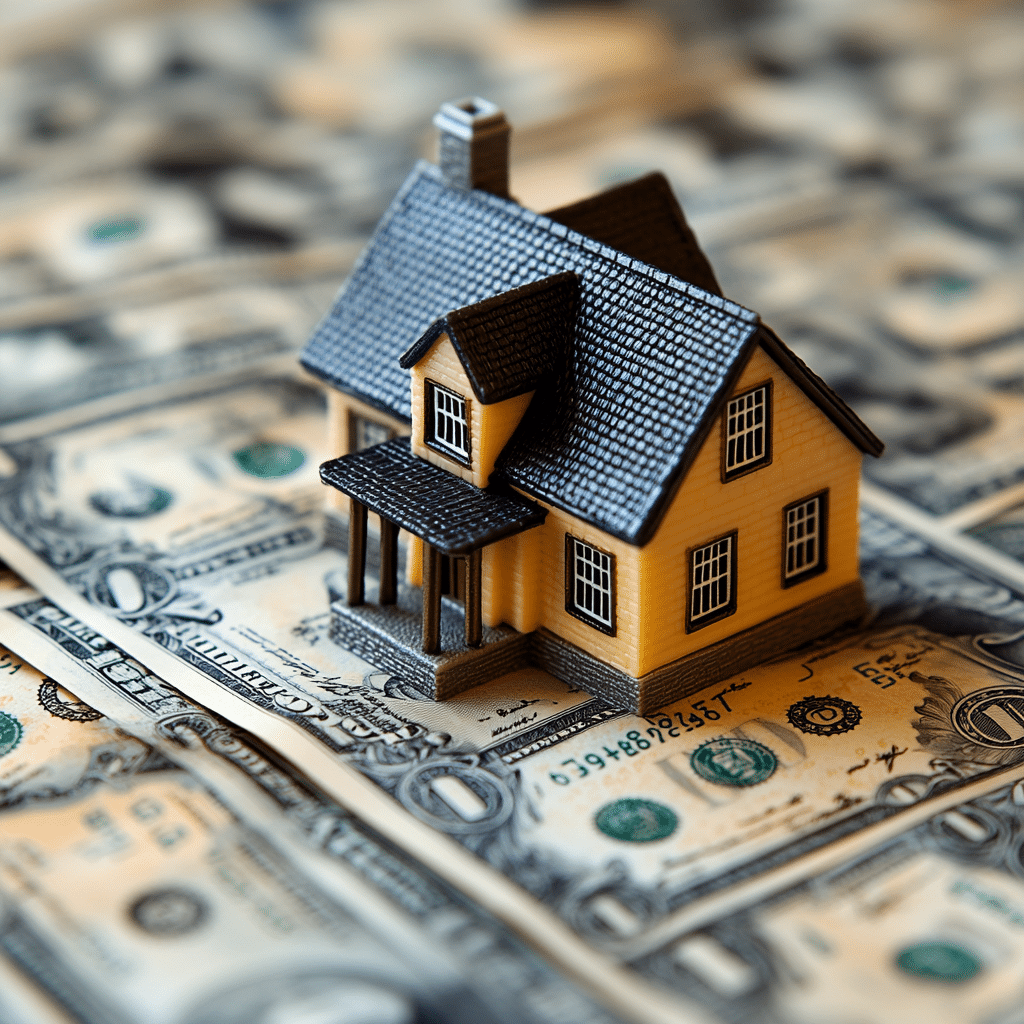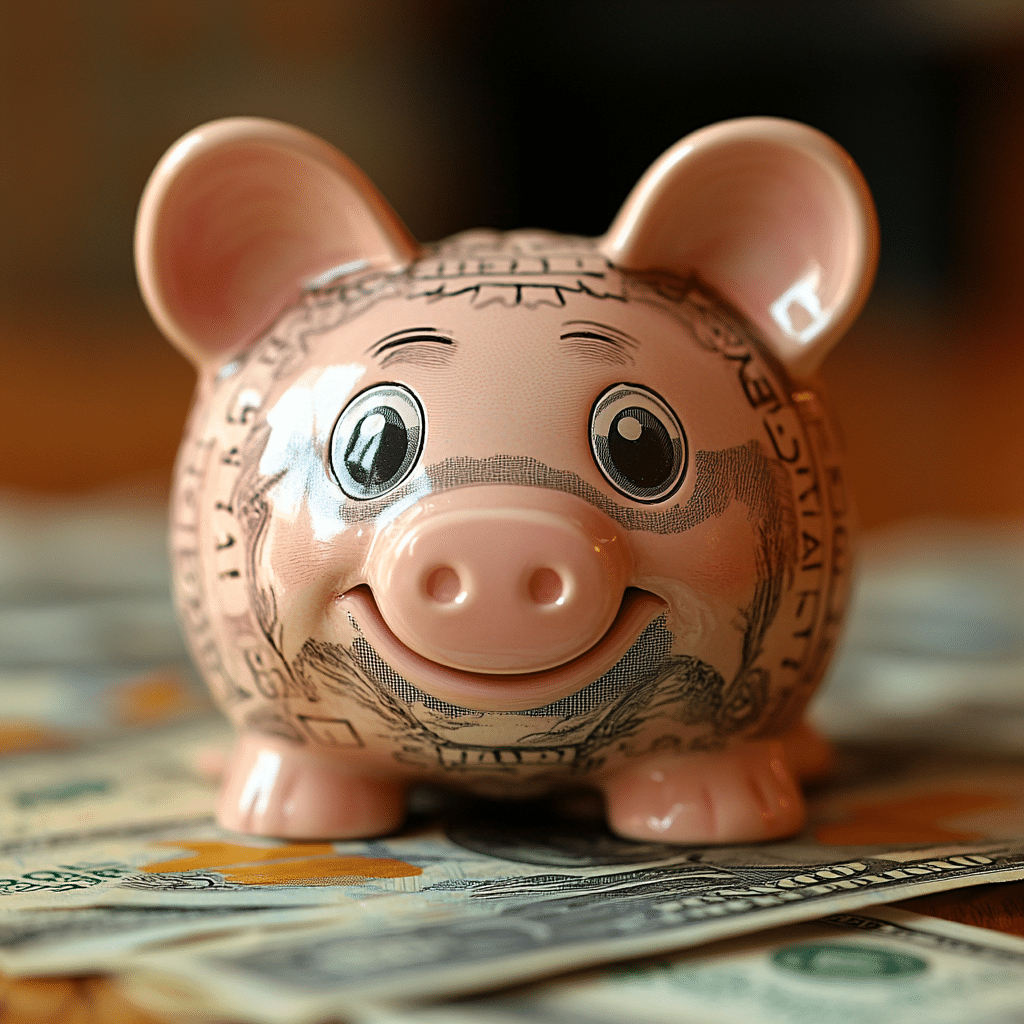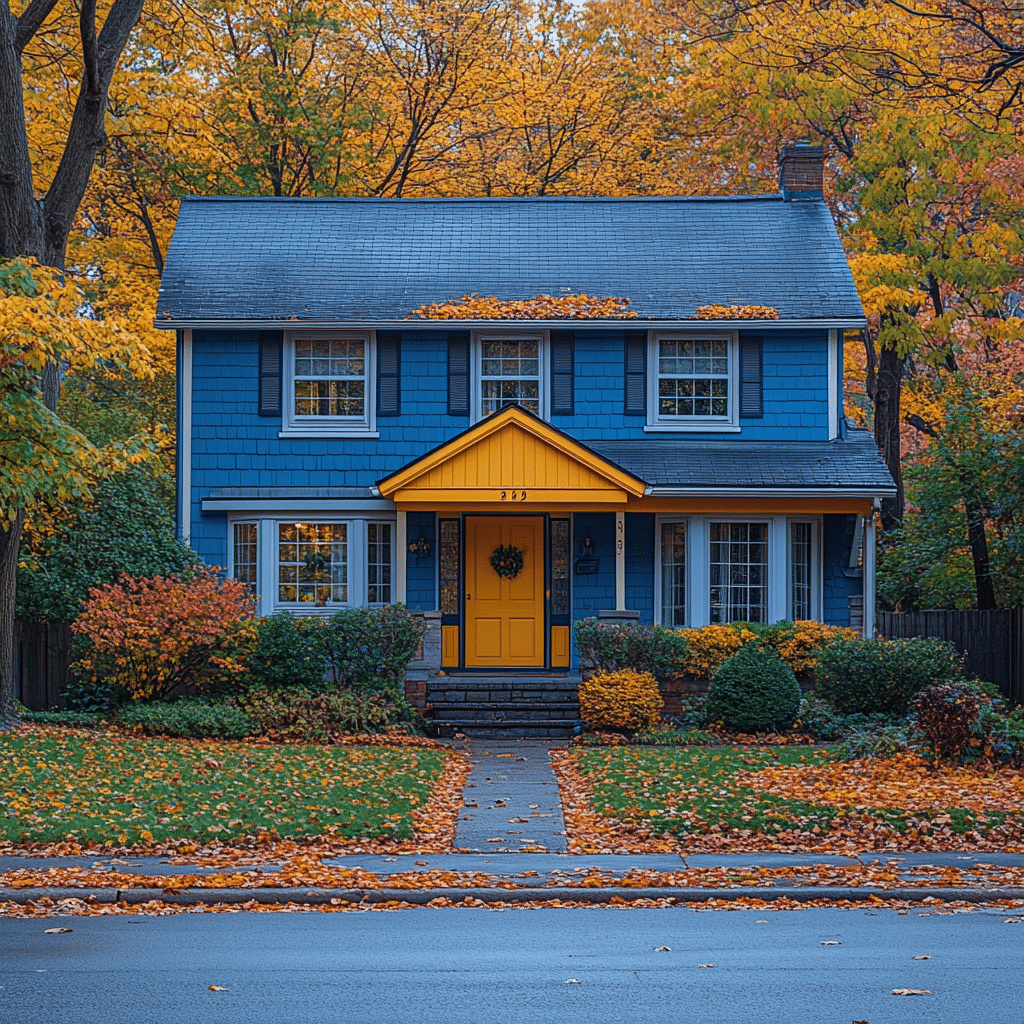Getting a handle on what is a good down payment for a house can feel like deciphering a secret code. With so many variables in the home-buying process, understanding the role of a down payment is crucial. Think of your down payment as the ticket that gets you into the arena of home ownership — the larger your ticket, the better your seat and the more options you have down the line.
Having a solid down payment is not just about showing off a hefty sum of cash to your lender. It plays a significant role in determining your mortgage rates, affects your monthly payments, and significantly impacts your chances of loan approval. In a nutshell, a bigger down payment often means you’re viewed as less risky to lenders, which can lead to better mortgage terms and reduced insurance costs.
Now that we’ve set the stage, let’s dive deeper into what influences a good down payment amount by examining essential factors.

1. The Importance of a Down Payment: What You Need to Know
When you’re buying a home, your down payment serves more than just a financial requirement. It acts as a commitment of sorts. It tells lenders you’re serious about purchasing the house, helping to assure them that you’re not going to walk away from the loan just because times get rough.
In general, making a larger down payment can directly lower your overall mortgage rate and monthly payments. For instance, a down payment of 20% can often exempt you from private mortgage insurance (PMI), reducing your monthly expenses significantly. Lower payments mean you can either allocate those savings elsewhere or even afford a slightly pricier home without breaking the bank.
It’s also worth noting that how much you can put down can steer the decision-making process when it comes to loan approval. If your credit score is a bit shaky, having a more substantial down payment might give you a better shot at securing a loan.

2. Top 7 Factors to Consider When Deciding a Good Down Payment for a House
1. Budgeting for Your Down Payment
Before you dive into the home-buying pool, you’ll want to set a budget for your down payment. Analyzing various budgeting options and personal finance strategies can put you in a better position. Saving money takes time, so look into saving methods such as high-yield savings accounts or dedicated down payment funds.
Additionally, average down payments can vary wildly from region to region across the U.S. For example, down payments in metropolitan areas like San Francisco may hover around 15-20%, while places in the Midwest might see averages as low as 3-5%. Knowing these variances can help you set realistic savings goals.
2. Loan Type Considerations
Deciding on a loan type can drastically change the face of your down payment. For instance, an FHA loan may allow for down payments as low as 3.5%. VA loans often require no down payment at all for qualified veterans. On the other hand, conventional loans typically ask for a minimum of 5% down.
Understanding the specific down payment requirements for each type will help you select the loan that aligns best with your financial situation. The type of mortgage can have long-lasting implications for your financial well-being.
3. Market Conditions
As we step into 2024, the housing market has shown remarkable resilience. Understanding current trends can steer your down payment decisions. Areas seeing a boom may have sellers asking for heftier down payments, while slower markets might provide more room to negotiate.
Keep in mind how shifts in the market may affect local prices. For example, if demand is skyrocketing in a particular neighborhood, you may need to step up your down payment if you want to seal the deal on your dream home.
4. Long-term Financial Goals
It’s critical to balance your down payment against your long-term financial goals. A common question prospective homeowners ask is, What percent Of Your salary Should be on a house? Finding that balance between investing in your home and maintaining liquidity for other investments is key.
A large down payment might drain your savings, making it tough to cover emergencies or new opportunities. These choices should be tailored to your financial priorities and comfort level.
5. Access to Programs and Grants
Don’t overlook the many assistance programs available to homebuyers. Options like the HomeReady mortgage by Fannie Mae offer reduced down payments and various state programs can provide grants to first-time homeowners. Taking advantage of these resources can help you enter the market with less strain on your wallet.
Researching which programs may fit your situational needs could save you thousands at closing.
6. Personal Risk Tolerance
Let’s face it, some folks are more comfortable taking risks than others. The difference between low and high down payments is often a matter of how much risk you’re willing to shoulder. Gone are the days of “buying low and selling high” without a care. Real-life examples show many homeowners facing foreclosure or financial strain because they opted for a low down payment without a solid backup plan.
Understanding your personal risk tolerance upfront can help prevent long-term financial hardships.
7. How Quickly Can You Close with a Bank Statement Mortgage?
If you’re self-employed, you may have heard of a bank statement mortgage. This option can expedite your path to ownership without the stringent requirements of traditional loans. The benefit? You may find yourself closing much faster, giving you an edge over other buyers in a competitive market.
This option also frees you from the traditional methods that rely heavily on pay stubs and W-2s. So, if you’re self-employed and need rapid access to a new home, it can be a game-changer.
3. A Closer Look: Average Down Payments Across Different Buyer Profiles
Let’s see how the landscape changes based on who’s buying. First-time homebuyers often face different expectations than those investing in additional properties. Typically, first-time buyers lean toward down payments ranging from 3% to 5%. Meanwhile, investors might find themselves needing to place 20% down to secure a favorable loan.
Luxury homebuyers often shift the calculus altogether. Depending on the market and the average price for luxury homes, it’s not uncommon for the down payment to exceed 20%, especially in high-demand regions.
4. Understanding the Trade-offs of a Large Down Payment
Now, let’s pull back the curtain on the pros and cons of making a big down payment. On one hand, a large down payment can significantly lower your mortgage insurance premiums and monthly payments. You’ll generally pay less interest over the long haul, and you may even speed up the time it takes to hit that coveted 20% equity mark.
However, there’s another side to this coin. Putting down too large of a sum might leave you cash-strapped and unprepared for unforeseen expenses, like repairs or job loss. Finding that balance is essential for a stable financial future.
5. Creative Strategies for Accumulating Your Down Payment
You’re eager to buy a home, but coming up with that down payment can feel like climbing a mountain. Consider creative methods such as down payment assistance programs or crowd-funding your down payment with help from family.
Some have turned to gifts from relatives, while others share their goals via social media to tap into community support. By leveraging multiple sources, you can build up your down payment more effectively. It’s all about networking your way to homeownership.
6. Future Trends: What’s Next for Down Payments in 2024?
As we look ahead, potential regulatory changes could reshape down payment expectations. You may see shifts in how lenders view risk and return, resulting in adjustments to minimum down payment percentages. Moreover, the rise of digital mortgages could make it easier than ever to understand your options and potentially lower those burdensome upfront costs.
With all these variables at play, staying informed will empower you to make smart decisions in a continually changing housing landscape.
In conclusion, determining what is a good down payment for a house is nothing short of a balancing act. By focusing on your financial goals and understanding various influences from market conditions to loan types, you can make a well-informed decision that positions you for success in homeownership. It’s not just about the percentage, but how your down payment fits into your overall financial picture — all to help you achieve your dreams without jeopardizing your stability.
For more insights and tips on navigating home ownership, be sure to check out our resources at Mortgage Rater for more detailed guides and assistance. You’re not just investing in a property; you’re securing your future.
Remember, knowledge is power, and the right down payment can open doors to a brighter financial journey. Happy house hunting!
What Is A Good Down Payment For A House Explained
When diving into the question of what is a good down payment for a house, you might stumble upon a few common facts that can lighten the mood. For instance, did you know that a typical down payment on a home can be anywhere from 3% to 20%? That’s quite a range! Many first-time buyers think they need to hit that 20% mark for a “good” down payment, but times are changing. In fact, several programs allow buyers to put down as little as 3% or even less, making homeownership more accessible than ever. This could mean more funds are left over to explore other financial commitments or, who knows, maybe even get a set of MC Hammer pants—a real retro treat!
Now, let’s talk numbers! According to research, a significant chunk of your salary should ideally go to the mortgage—typically about 28% or less. This helps keep your budget in check while still making those monthly payments manageable. But don’t panic if you aren’t quite there yet! Learning how to use your 401k to buy a house can also be a game-changer. It’s a strategic move that some buyers leverage, tapping into their retirement savings to ease the burden of that hefty down payment.
And if we’re discussing good down payments, we can’t ignore the importance of credit scores. Knowing what credit you need to buy a house is invaluable. A higher credit score can lower your mortgage rate, which impacts how much you’ll ultimately pay over the life of the loan. So, polishing up your credit could potentially save you thousands. Plus, it’s just good practice to keep your financial house in order! Oddly enough, life provides us with fun distractions too—like binge-reading the “Komi Can’t Communicate” manga while you’re waiting for your loan approval. Who says home buying can’t have its lighthearted side, right?
In summary, understanding what is a good down payment for a house isn’t all about the numbers. It’s also about your financial well-being and future plans. With the help of thoughtful budgeting and a well-crafted strategy—much like a coach like Mark Few would plan for a winning game—you can position yourself for success in the housing market. Remember those trivia tidbits as you embark on this exciting journey; they not only make you wiser but a little more savvy too!




